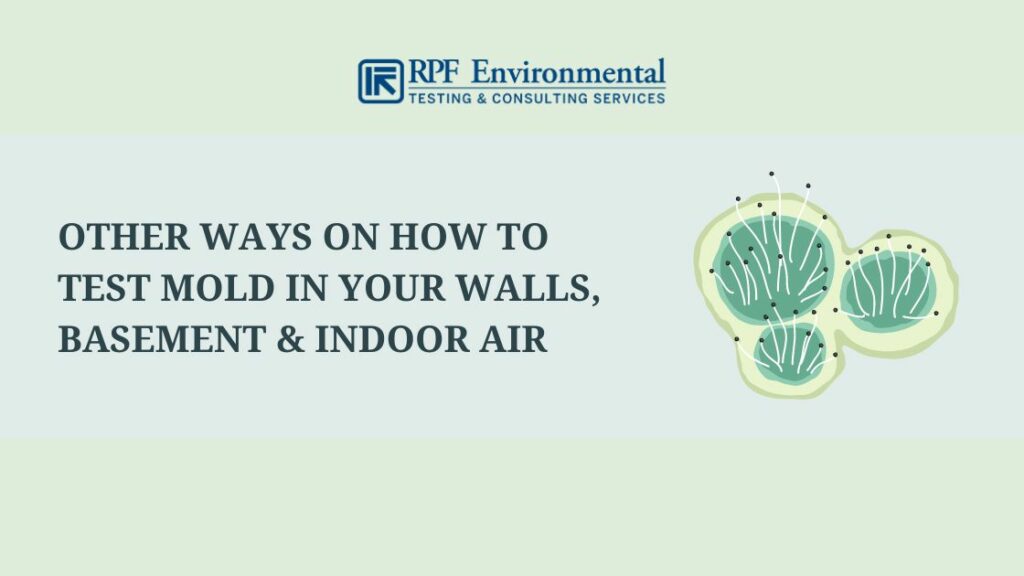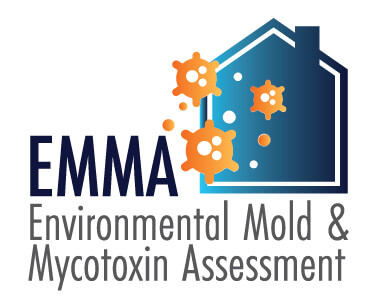How Mycotoxin testing Services Can Secure Your Products
How Mycotoxin testing Services Can Secure Your Products
Blog Article
Exactly How Mycotoxin Screening Aids Avoid Contamination and Protect Food Supplies

Mycotoxin testing is an important practice in the food market, offering as a frontline defense versus contamination by damaging toxins generated by molds. With the application of innovative techniques like High-Performance Liquid Chromatography (HPLC) and Fluid Chromatography-Mass Spectrometry (LC-MS), food manufacturers can accurately identify and quantify mycotoxin degrees in farming items.
Understanding Mycotoxins
Recognizing mycotoxins starts with recognizing that they are harmful secondary metabolites created by specific mold and mildews, which can contaminate farming products. These metabolites are not essential for the development or recreation of the fungi but can have serious ramifications for animal and human health. Mycotoxins are commonly found in staple crops such as corn, wheat, barley, and nuts, where they can multiply under particular problems of wetness and temperature level.
There are several sorts of mycotoxins, each generated by different fungal species. Aflatoxins, created by Aspergillus types, are among the most well-known, understood for their carcinogenic homes. Another significant group consists of ochratoxins, produced by Aspergillus and Penicillium varieties, which have nephrotoxic results. Fusarium species generate trichothecenes and fumonisins, both of which are associated with numerous acute and persistent wellness problems.

Risks of Mycotoxin Contamination
The dangers of mycotoxin contamination are multifaceted, posturing substantial threats to both food safety and public wellness. Mycotoxins, hazardous compounds generated by specific kinds of fungi, can infect a vast range of agricultural items including cereals, nuts, flavors, dried out fruits, and coffee.
Economic impacts are an additional major concern. Polluted crops can result in substantial financial losses for farmers and food manufacturers due to decreased returns and the demand for expensive purification measures. Additionally, global trade can be considerably hindered as nations enforce strict mycotoxin laws to secure their populations, resulting in turned down shipments and strained trade relations.
Environmental variables such as environment modification worsen the threat of mycotoxin contamination. Variants in temperature level and moisture can develop favorable problems for fungal development, boosting the chance of contamination events. Hence, understanding and reducing these dangers are crucial for making sure the safety and stability of worldwide food products.
Methods of Mycotoxin Examining
Properly determining mycotoxin contamination in agricultural items is crucial for protecting public health and maintaining food security criteria. Numerous approaches are utilized to identify and evaluate mycotoxins, each offering details advantages and constraints.
High-Performance Liquid Chromatography (HPLC) is a commonly made use of technique because of its high level of sensitivity and accuracy. It entails dividing mycotoxins from various other compounds in an example, allowing accurate metrology. Similarly, Fluid Chromatography-Mass Spectrometry (LC-MS) integrates fluid chromatography with mass spectrometry to supply detailed molecular details, making it especially beneficial for determining several mycotoxins at the same time - Mycotoxin testing Services.

Gas Chromatography-Mass Spectrometry (GC-MS) and Thin-Layer Chromatography (TLC) are also used, each with one-of-a-kind applications. GC-MS is reliable for unstable mycotoxins, while tender loving care supplies a simpler, economical choice for initial testing.
Benefits of Normal Checking
Normal screening for mycotoxins in farming items offers many advantages, substantially contributing to public health and wellness and food safety and security. By identifying contamination early, routine testing assists prevent the distribution of harmful foods, thereby decreasing the danger of mycotoxin-related illnesses amongst customers. This positive strategy not only safeguards human health yet additionally enhances the total high quality of food supplies.
Regular screening also supports regulatory compliance. Different nations and regions have established rigid limitations for mycotoxin levels in food and feed. Adhering to these limits via routine screening makes sure that manufacturers and suppliers fulfill lawful standards, therefore preventing fines and profession barriers. Moreover, preserving compliance promotes consumer count on and brand name track record, which are important for market success.
Furthermore, regular mycotoxin screening can bring about substantial financial benefits. Early discovery of contamination allows for prompt treatment, reducing prospective losses from extensive contamination. Executing normal screening protocols can also reduce recall expenses and related responsibilities, which can be monetarily devastating.
In addition, normal testing gives useful information that can inform better farming techniques and storage space problems. By understanding patterns of contamination, producers can take on preventive actions, consequently decreasing have a peek at this website future dangers and contributing to the sustainability of the food supply chain.
Applying Evaluating Methods
Applying reliable mycotoxin screening methods is crucial for ensuring the safety and top quality of agricultural products. Developing a durable testing framework involves multiple essential steps, starting with the identification of possible contamination points within the manufacturing and supply chain. This consists of pre-harvest, post-harvest, storage space, and circulation phases. Each phase needs to be looked at to pinpoint where mycotoxin contamination is most likely to happen.
When critical control factors are recognized, selecting ideal screening techniques is necessary. Common techniques consist of enzyme-linked immunosorbent assay (ELISA), high-performance liquid chromatography (HPLC), and mass spectrometry (MS) Each approach has its weaknesses and toughness; therefore, choosing the proper one depends upon the particular mycotoxin being tested, the needed sensitivity, and available resources.

Lastly, incorporating the testing methods right into a thorough food security monitoring system is a good idea. This enhances traceability and makes it possible for quick rehabilitative actions when contamination is detected, therefore protecting the honesty of the food supply chain.
Final Thought
Mycotoxin testing is necessary in avoiding contamination and guarding food supplies by making it possible for very early discovery of dangerous contaminants produced by molds in agricultural items. Advanced approaches such as HPLC and LC-MS ensure compliance with safety regulations and protect customers from wellness dangers. Normal testing enhances brand track record, economic security, and count on in food safety and security by decreasing contamination-related losses and maintaining high criteria in food manufacturing. Implementing rigorous screening procedures is thus critical for the sector's general well-being.
Mycotoxin testing is an important practice in the food market, serving as a frontline defense against contamination by hazardous toxic substances generated by molds. An incorporated approach including farming reference practices, storage space monitoring, and routine screening can mitigate the risks connected with mycotoxin contamination, making sure food safety and security and public health and wellness.
The dangers of mycotoxin contamination are multifaceted, positioning significant hazards to both food safety and security and public health and wellness.Routine testing for mycotoxins in farming products provides numerous advantages, dramatically adding to public health and wellness and food security.Mycotoxin testing is important in preventing contamination and guarding food materials by enabling very early detection of hazardous contaminants created by molds in farming products.
Report this page